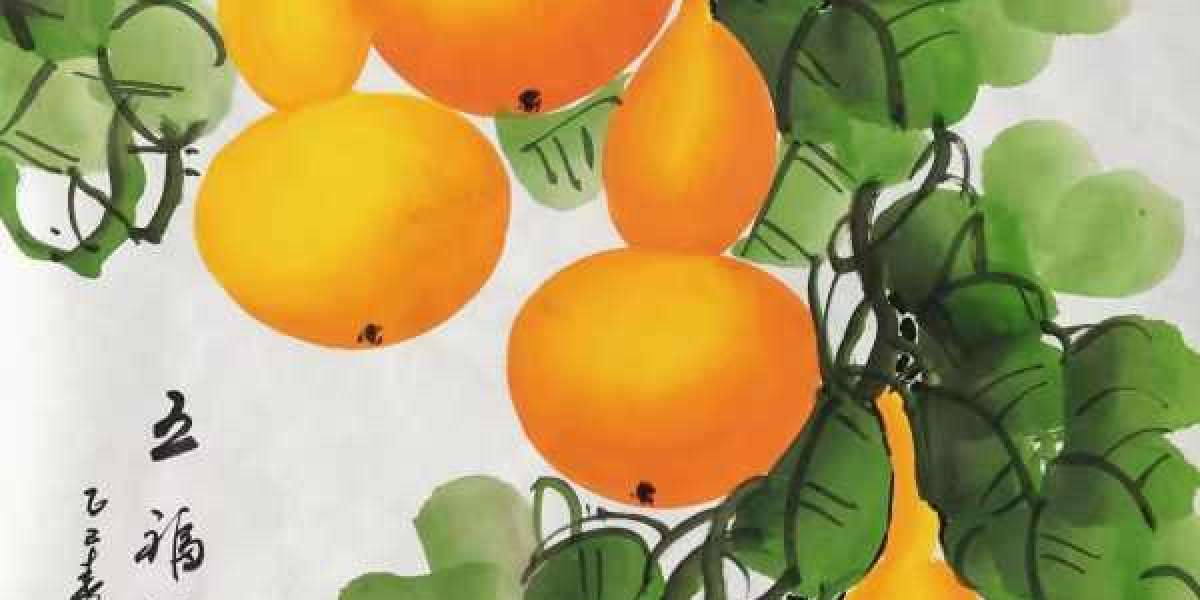Chinese calligraphy artwork is a traditional and highly respected form of artistic expression that transforms written Chinese characters into visually captivating compositions. It is not merely about writing words neatly; instead, it is a performance of brush, ink, and emotion, where the meaning of the characters and the beauty of their form come together in a single artistic creation.
At its core, Chinese calligraphy is based on the writing of Chinese characters using brush and ink. Each stroke is carefully crafted, with attention to shape, flow, balance, and rhythm. However, in calligraphy artwork, these elements are elevated beyond communication. The calligrapher’s brush becomes a tool of expression, much like a painter’s brush, capable of capturing not just the word itself but also the spirit behind it.
What sets Chinese calligraphy apart as artwork is its expressive and symbolic quality. A single character like “静” (peacefulness) or “龙” (dragon) can be the focus of an entire piece. The artist can choose to write it boldly to show strength, or gently to evoke calmness. Multiple characters, such as a poem or idiom, are often written together, forming flowing arrangements across scrolls, fans, or paper panels. The calligraphy may be accompanied by seals (red ink stamps of the artist) and sometimes traditional Chinese painting, such as mountains, bamboo, or lotus flowers.
The tools of the art are known as the Four Treasures of the Study:
Brush (笔): Flexible and responsive, allowing variation in stroke width and texture.
Ink (墨): Traditionally ground from inksticks on an inkstone, producing deep black tones.
Paper (纸): Usually rice paper or silk, which absorbs ink beautifully.
Inkstone (砚): A stone surface used to grind the inkstick into usable liquid ink.
Chinese calligraphy artwork follows certain principles of composition, including balance, spacing, contrast, and movement. The flow of the brush—fast or slow, light or heavy—can show emotion or energy. For example, running script (行书) might feel like a musical rhythm, while seal script (篆书) has a more solemn and ancient tone.
In Chinese culture, calligraphy has always been seen as a reflection of one’s character and mind. Great calligraphers were often respected scholars, poets, or philosophers. Confucian teachings emphasized self-discipline and moral integrity, values that were thought to be visible in a person’s handwriting. Thus, mastering calligraphy was considered part of one’s personal development.
Today, Chinese calligraphy artwork remains a vital part of East Asian aesthetics. It is displayed in homes, temples, museums, and even modern galleries. While rooted in tradition, many contemporary artists experiment with styles and formats, blending ancient brushwork with new ideas.
In essence, Chinese calligraphy artwork is more than decoration—it is a living tradition that combines language, philosophy, and visual art into one expressive and enduring form.







